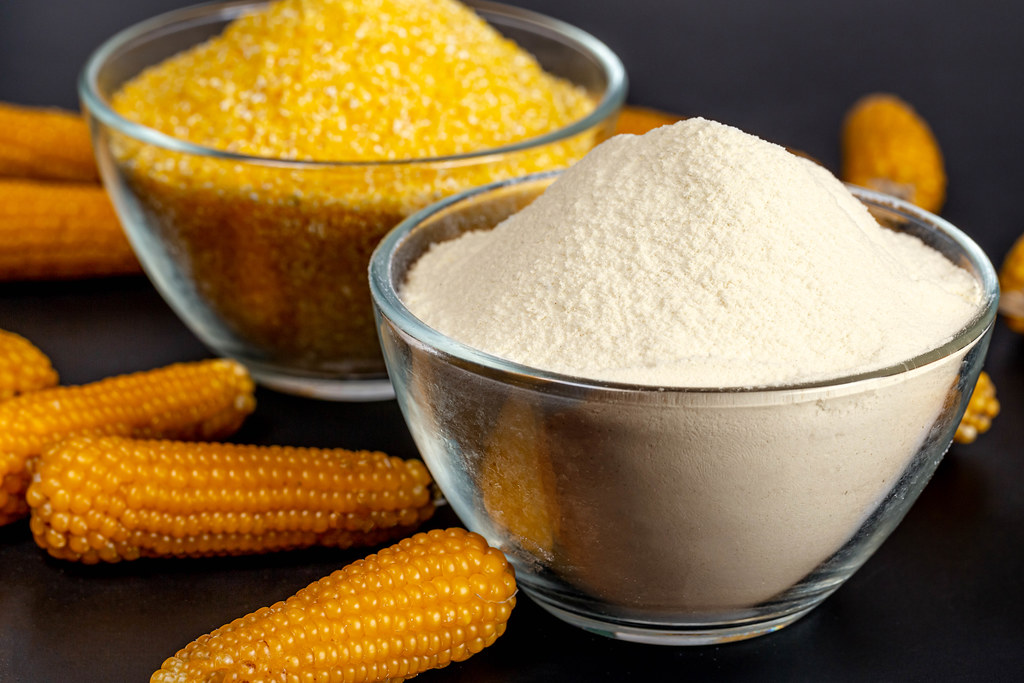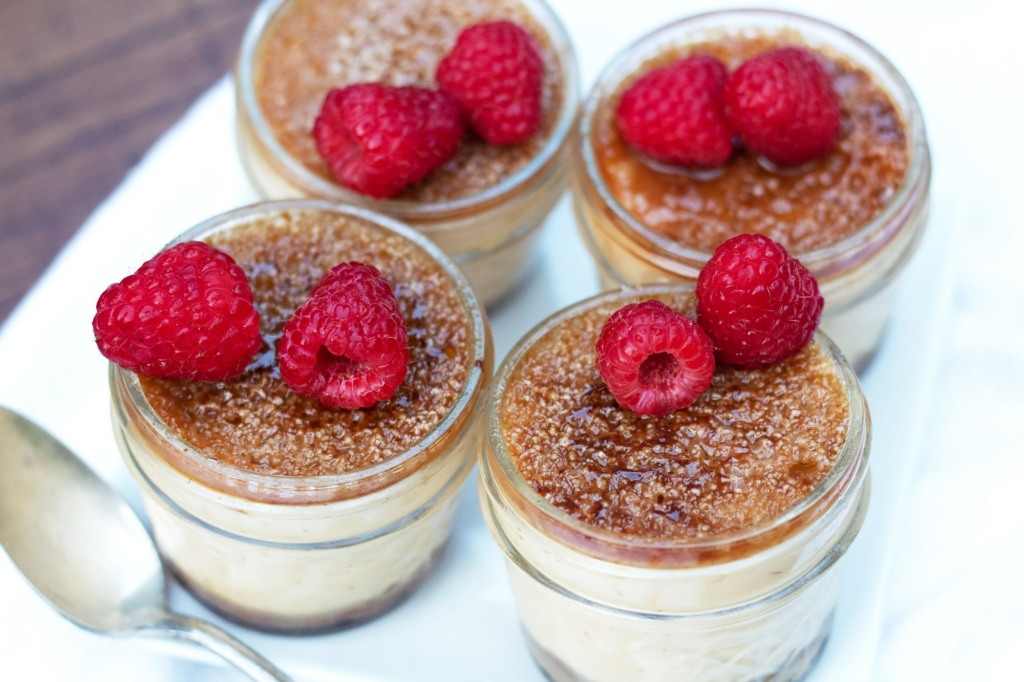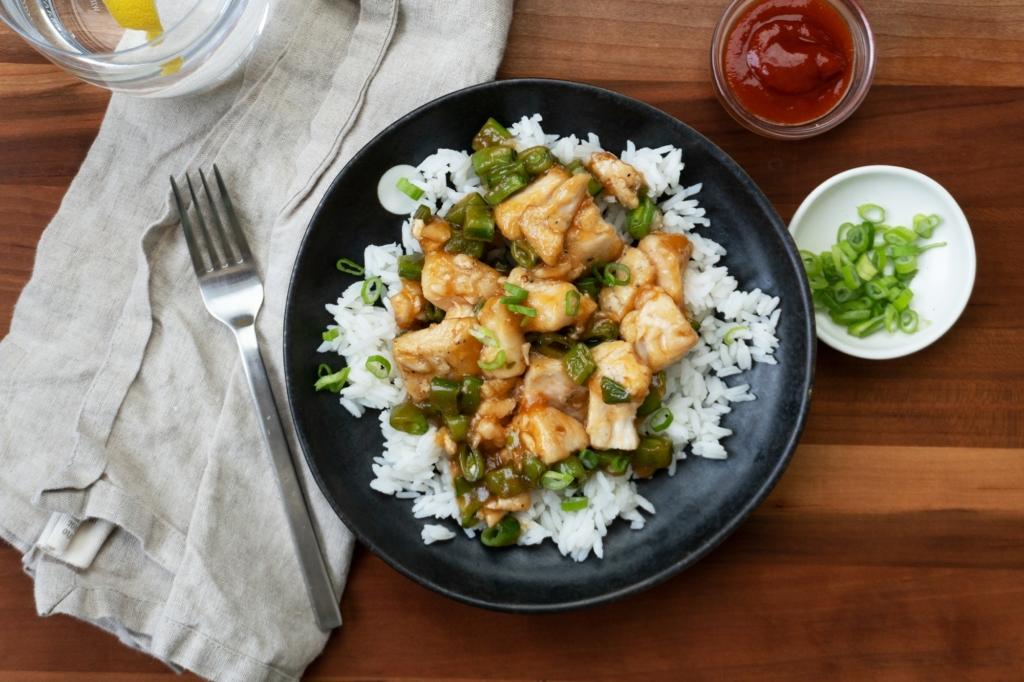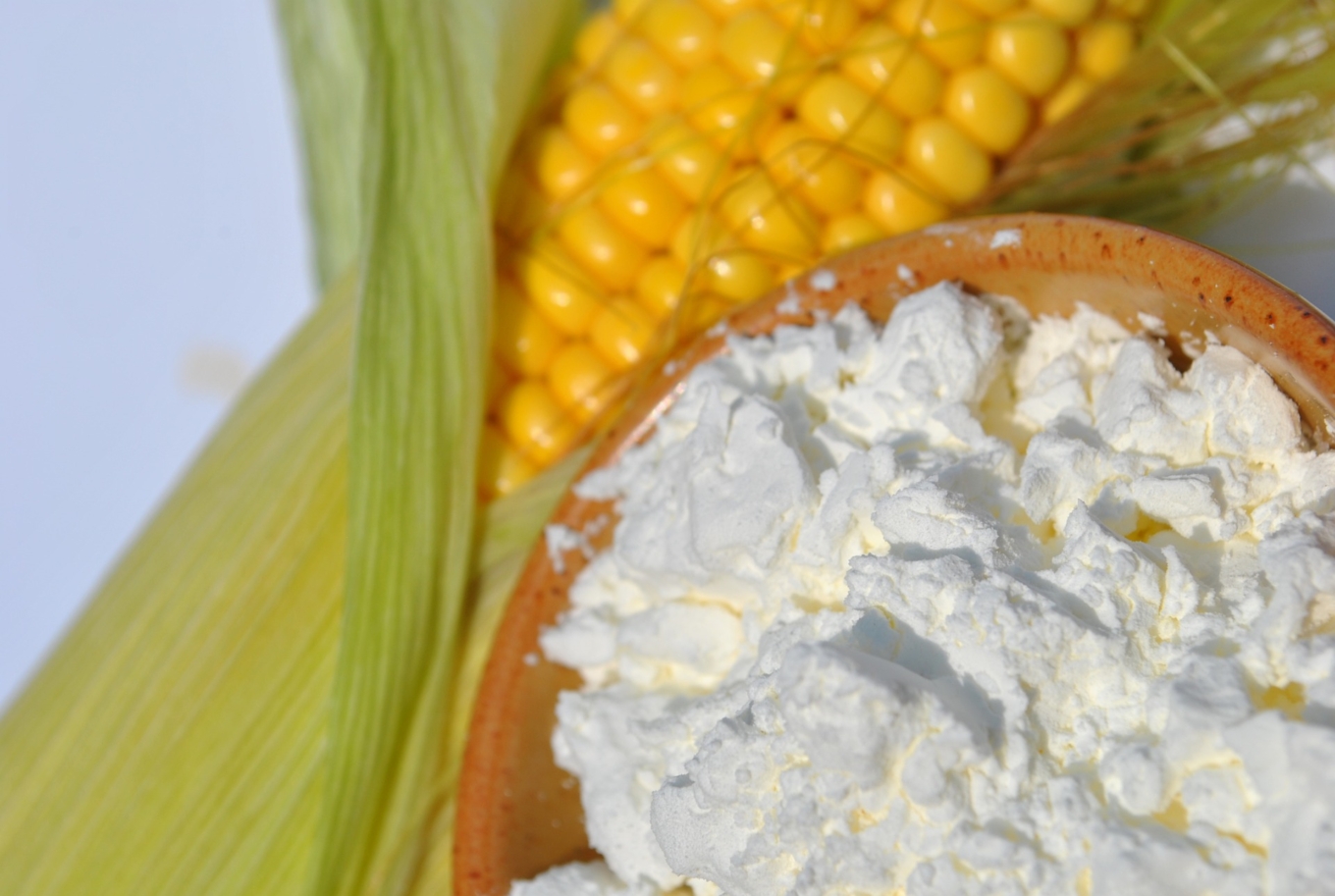Cornstarch is the white powder obtained from the endosperm of the kernels of corn. It is mostly used as a thickening agent in soups, curries, sauces, and baked goods. Read on to learn why we always have a container of cornstarch in our pantry.
History of Cornstarch
Cornstarch was first made in New Jersey, in 1844. However, until 1851, the primary use for cornstarch was in doing laundry and for industrial purposes, not for cooking. Today, many countries like the United States, India, China, that farm corn on an industrial scale also produce cornstarch, and it is used worldwide.
Appearance Of Cornstarch
Cornstarch is a white powdery substance that has a smooth and silky texture. When used as a thickening agent, it is dissolved with liquid and gels once heated.

Flavor Of Cornstarch
Cornstarch is tasteless and odorless. The primary benefit of cornstarch is for changing the texture of dishes, not the taste.
Culinary Benefits
The primary use of cornstarch in the kitchen is as a thickening agent. Just mix a few teaspoons of cornstarch in half a cup of water and add it to your curries, soups, or sauces to give the dish a thicker mouthfeel. The amount of cornstarch can be changed according to the quantity of your dish.
For an easy breakfast try our recipe for baked apple oatmeal. We add cornstarch to the sliced apples to help gel and hold the apples together when they cook. We then spoon the rich apple sauce over the oatmeal for a delicious start to your day.

Wondering about some creamy pasta or noodles? You can make pasta and just add cornstarch mixed with water to thicken the sauce and your creamy pasta is ready. If you are a pasta and seafood lover, then the shrimp and pasta recipe will be a delight for you!
Cornstarch is an essential ingredient when making custard to give it a smooth, creamy texture. Try our recipe for crema catalana, which relies on eggs and cornstarch to give it its signature texture. Flavored with cinnamon, vanilla, and lemon peel, this creamy custard is a treat.
You can also use cornstarch as a coating for paneer, tofu, chicken, or any variety of vegetable. Cornstarch helps to absorb moisture, making fried foods crispier. Check out this delicious sweet and sour chicken recipe.

Storage
Cornstarch has an infinite shelf life. Store the cornstarch in a cool dry place, away from the moisture. Use an air-tight container with a seal or in a resealable plastic bag.
Feature Image: Anita Szilagyi from Pixabay



